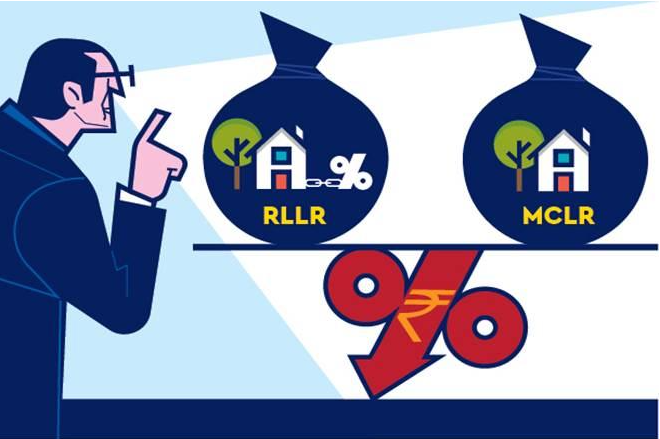The transmission of low interest rates has been quicker in the case of Repo-Linked Lending Rates than Marginal Cost-of Lending Rate or a Base Lending Rate home loan
The Covid-19 crisis has resulted in countless people losing their incomes which has made repayment of loans extremely challenging. In order to infuse liquidity into the system, Reserve Bank of India has slashed the repo rate multiple times in the recent past which has led to the lowering of home loan EMIs. However, the transmission of these low interest rates has been quicker in the case of Repo-Linked Lending Rates (RLRR) loans which came into being in October last following the central bank’s directive to banks to introduce an external benchmark-linked loan regime.
As such, if you’ve been servicing a Marginal Cost-of Lending Rate (MCLR) or a Base Lending Rate (BLR) home loan, you might have to wait a bit longer to enjoy lower EMIs, and even when the reductions happen, they may not be as effective as an RLLR loan. So, moving to an RLLR loan is likely to be more beneficial for you in the short and long term.
What is an RLLR loan
All loans have a benchmark lending rate—the rate below which banks don’t lend. Over and above the spread, banks apply a spread as per their credit policy. An RLLR loan has its benchmark linked to the repo rate. The RBI had insisted on repo-linked loans to ensure faster transmission of policy rate cuts from the central bank to retail borrowers. Therefore, a change in the repo rate leads to a proportionate change in the repo-linked loan’s interest rate. RLLR is calculated as the repo rate plus the bank’s markup. Above this benchmark, the bank adds borrower’s risk rating spread to arrive at a final rate of interest on the loan.
For example, a large government bank is currently charging an RLLR of 6.85% (repo rate of 4% plus a markup of 2.85%), plus an up to 1% spread based on the borrower’s current credit profile. Meaning, the effective RLLR home loan interest rate is in the range of 6.85%-7.85%. Now banks will have to change their RLLR whenever the RBI revises the repo rate. A cut in the repo rate will also translate to cuts in the MCLR rates.
Also Read: Bank of Maharashtra announces cut in repo-linked lending rate by 40 bps to 7.05%
However, it might take longer for the lower rates to come into effect. Hence, RLLR would lead to quicker transmission of the repo rate cut benefit than MCLR and BLR-linked loans. That said, it would also quickly increase your home loan EMIs whenever the central bank hikes the repo rate. Also, only banks provide RLLR loans currently, not the housing finance companies.
How much can you save with an RLLR loan
Let’s say there are two loans: one linked to the repo rate and another linked to MCLR. Let’s say both had an interest rate of 8.25% per annum in March. Both loans are for Rs 50 lakh for 20 years. The EMIs on both loans are currently Rs 42,603 and total projected interest of Rs 52.24 lakh. Let’s say your EMIs are yet to start. Following the RBI’s repo rate cut of 75 basis points in March, the RLLR will immediately reduce to 7.50% at the next reset date. Because of this, your EMIs would reduce to Rs 40,280 and your projected interest would shrink to Rs 46.67 lakh.
On the other hand, the rate on the MCLR-linked loan will change in a graded manner—over six months, for example – because banks are not bound to pass the full value of the repo rate cut to their borrowers.
As the RLLR is linked to the repo rate, it would also trigger a hike in your EMIs whenever the RBI increases the key policy rate in the future. As such, try to prepay as much as possible when the repo rate is low (it’s currently at a record low of 4%) to reduce your loan burden in the long-term and become debt-free faster.


